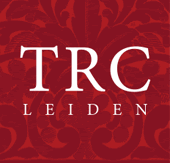A feature of the large gown worn by men in various parts of West Africa is the use of a bazin or damask cotton cloth with a small, repeating abstract or geometric motif. Also known as shedda, it may have a plain or a satin ground. Sometimes it is left in a single colour, but often it is adapted to more local tastes, such as tie-dyed forms associated with Mali and Senegal. Bazin is used for traditional, regional outfits, as well as for household furnishings.
The word bazin comes from a type of cloth called bombasin (French) and/or bombasine (English), which was produced in northern Europe since the 18th century. The early forms were made of silk and wool and were particularly associated with Norwich, but nowadays most bombasine is made of cotton.

There are three types of bazin currently exported to and used in West Africa, which are still described by various French terms.
- Premium: a damask made from superior quality cotton thread and with a closely woven design. These are usually produced in Europe, notably in Austria, Germany and the Netherlands.*
- Moyennement Riche: medium quality cotton damask, much of which is now produced in China for the African market.
- Moins Riche: a low quality cotton damask, again produced in China for the African market. *
Three of the major producers of bazin for the African market that are still working in Europe are Getzner, in Bludenz (Austria), Curt Bauer, in Aue-Bad Schlema / Hanau (Germany), and JH Victoire in Helmond (the Netherlands).


